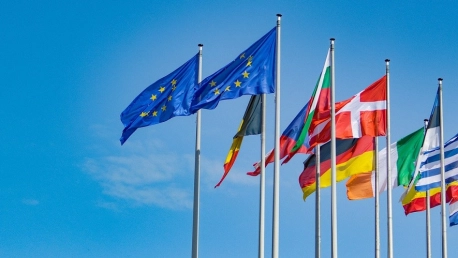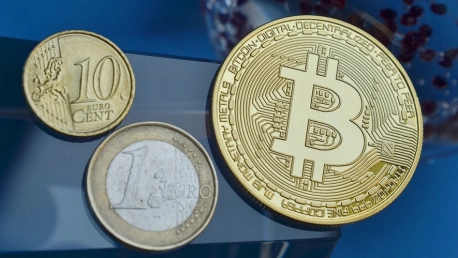
More than two years have passed since the beginning of the COVID-19 pandemic, and this unprecedented healthcare crisis went on to change the way people live, work and spend their free time. Moreover, the crisis quickly escalated to disrupt numerous industries around the world, impacting the global

Bitcoin’s rally in 2021 marked an impressive achievement for crypto, favoring mass adoption and the investing FOMO (Fear of Missing Out) of institutions across the globe. However, upward volatility comes at a cost: an equal, potential push towards the bottom. Not surprisingly, then, when November’s

Almost two years have passed since the beginning of the COVID-19 pandemic that took the world by storm. With vaccines and treatments now widely available, many are expecting the world economy to finally return to normal in 2022. However, economists around the world are now concerned about what

President Joe Biden visited Europe for the second time, and this visit paved the way for a new future in foreign policy. The European trip has put an emphasis on shared interests between the American people and G20 World Leaders, as well as other European leaders. The President coordinated with

The European Union is working on a regulatory framework for cryptocurrencies with the purpose of making traders anonymous while banning anonymous virtual wallets. Meanwhile, the U.S. government is laying more groundwork for potential cryptocurrency regulation in the future. Updated and Harmonized

It comes as no surprise that the COVID-19 pandemic is still reshaping economies around the world, especially with new variants of the virus emerging. Global shares have already seen a drop as investors are increasingly more concerned about a surge in Delta variant cases and their potential impact